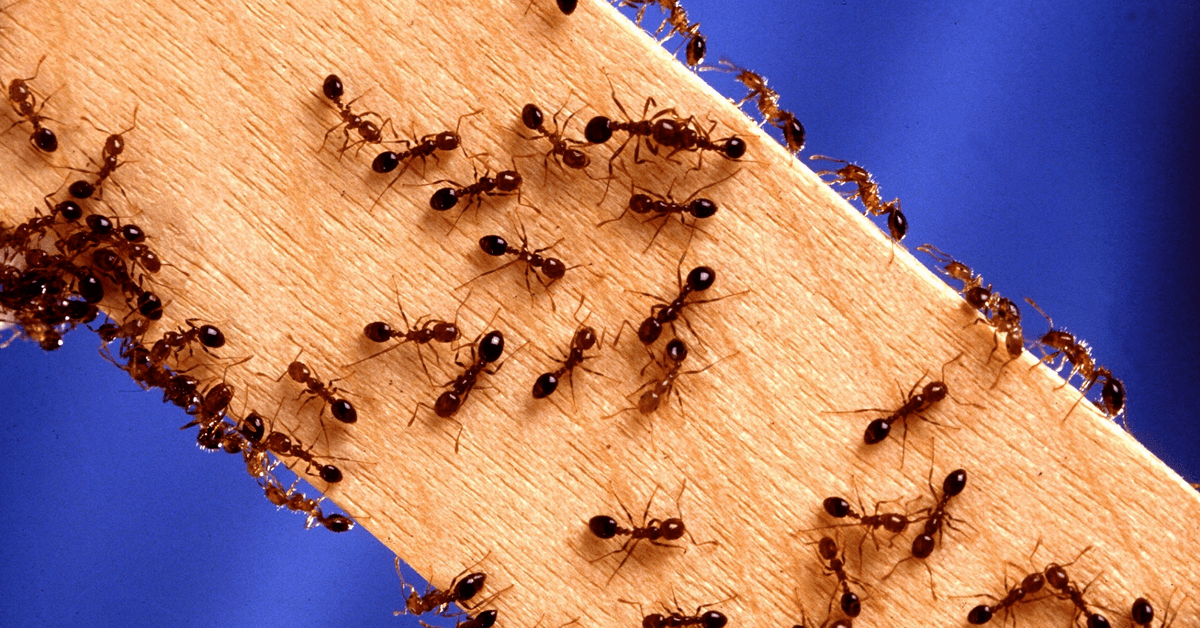The Best Common Pest Control Chemicals for Pest Control Businesses
By My Service Depot on Thursday, September 5, 2019Pest control businesses have access to many different chemicals. Learn the pros, cons, and side effects of some of the most common varieties.
Running a successful pest control business requires equal parts pest control know-how and general business knowledge. Your job will involve pests of all types, from roaches and termites to mice and rats. While you may use traps from time to time, most of your business will involve the use of chemicals—and with that comes responsibility. Curious children and adventurous pets may come into contact with the materials you use. Smart pest control companies know the wide variety of chemicals available and how they can use them to safely resolve pest issues. Responsible businesses store chemicals appropriately and never use more than what is absolutely necessary.
Choosing the Right Chemicals
Choosing the right chemicals can pose a challenge. Using the wrong substances could make a tricky situation worse. Take ants, for example. You first need to identify the ant species correctly, then take several specific actions to eliminate the problem. If you misidentify the breed, your chemicals won’t work. Also, an ant infestation might involve more than one species in the same location. One of the infesting colonies may have an immunity to a certain pesticide that wipes out another almost immediately. Furthermore, the chemical you use to kill a settlement may not exterminate all of the ants in it. The survivors could become immune to the chemical and form a whole new colony, leaving you to come up with a new approach.
Boric Acid
One of the most common chemicals used in pest control is boric acid. This naturally occurring substance can be pulled from rocks and water sources. It comes in several different forms, including powder and pellets, making it very affordable. Pest control companies use it often, as do many homeowners. Boric acid does an excellent job with termites, cockroaches, and ants, but you should use caution and remain mindful of the situation when deploying boric acid. The substance has a sweet taste, which can attract household pets as well as children. Always make sure the homeowner knows about this potential hazard.
Fipronil
Fipronil is another common pesticide. Like boric acid, it has a variety of uses. As a pest control company, you may opt to use it to kill ants, cockroaches, and termites, as well as fleas, ticks, beetles, crickets, and weevils. You can find it in many different formats, including granules and liquids. You can also use Fipronil as a powder. In this format, it has a moldy odor. Fipronil is somewhat less toxic to people than boric acid. The chemical works by bonding to the nerve endings of insects and disrupting the central nervous system.
Hydramethynon
Hydramethynon represents another option. It can eliminate ants, cockroaches, crickets, silverfish, or termites. This substance is unique because it acts slowly. Insects that ingest Hydramethynon become increasingly lethargic before dying. This gives them time to bring the pesticide back to their respective colonies and kill off the rest of their group. However, you should note that the process takes a few days to work, a potential downside some homeowners may not tolerate.
Piperonyl Butoxide
Piperonyl Butoxide may also constitute part of your insect-eliminating arsenal. Piperonyl Butoxide does not get used on its own, but it can augment other insecticides. This chemical impacts insect metabolism, making many pesticides more effective. Piperonyl Butoxide is mildly toxic to humans, and the EPA classifies it as a carcinogen.
Pyrethrins and Pyrethroids
Pyrethrins and Pyrethroids are the most common pest control substances. Chemicals in this class include the active ingredient Permethrin. These substances are made to mimic botanical insecticides, specifically varieties of chrysanthemum that are toxic to insects. They paralyze the offending pest before ultimately killing the insect. Pyrethrins and Pyrethroids are effective against most household insects and mosquitos. They also have applications in agriculture and protecting pets. These chemicals are generally safe for humans and mammals, but they are incredibly toxic for any aquatic organisms. If you use this class of pesticide in your pest control business, take care to minimize any potential runoff, and prevent spray from getting into water.
Points to Remember
Pest control is a chemical-intensive business. Make sure that you understand how to use pesticides competently. The wrong chemicals or the wrong application could damage property, cause health issues, or exacerbate the problem. Educate yourself about pests, the chemicals that eliminate them, and the side effects of those chemicals before you attempt to use them in your pest control business.
Further, remember that pest control chemicals can be expensive, and it can take hundreds of gallons of pesticide to do a single job. Don’t be afraid to include that fact in your service quotes. Flat-rate pricing may not work well if the chemicals needed to control a specific infestation are more expensive than others or require a significantly higher volume. The best strategy is to use an invoicing software that is flexible enough to reflect different chemical costs and robust enough to allow you to include different treatments in the same invoice. Smart Service pest control software offers many robust chemical tracking features. Request a free demo today if you need a better way to track and log chemical usage.


